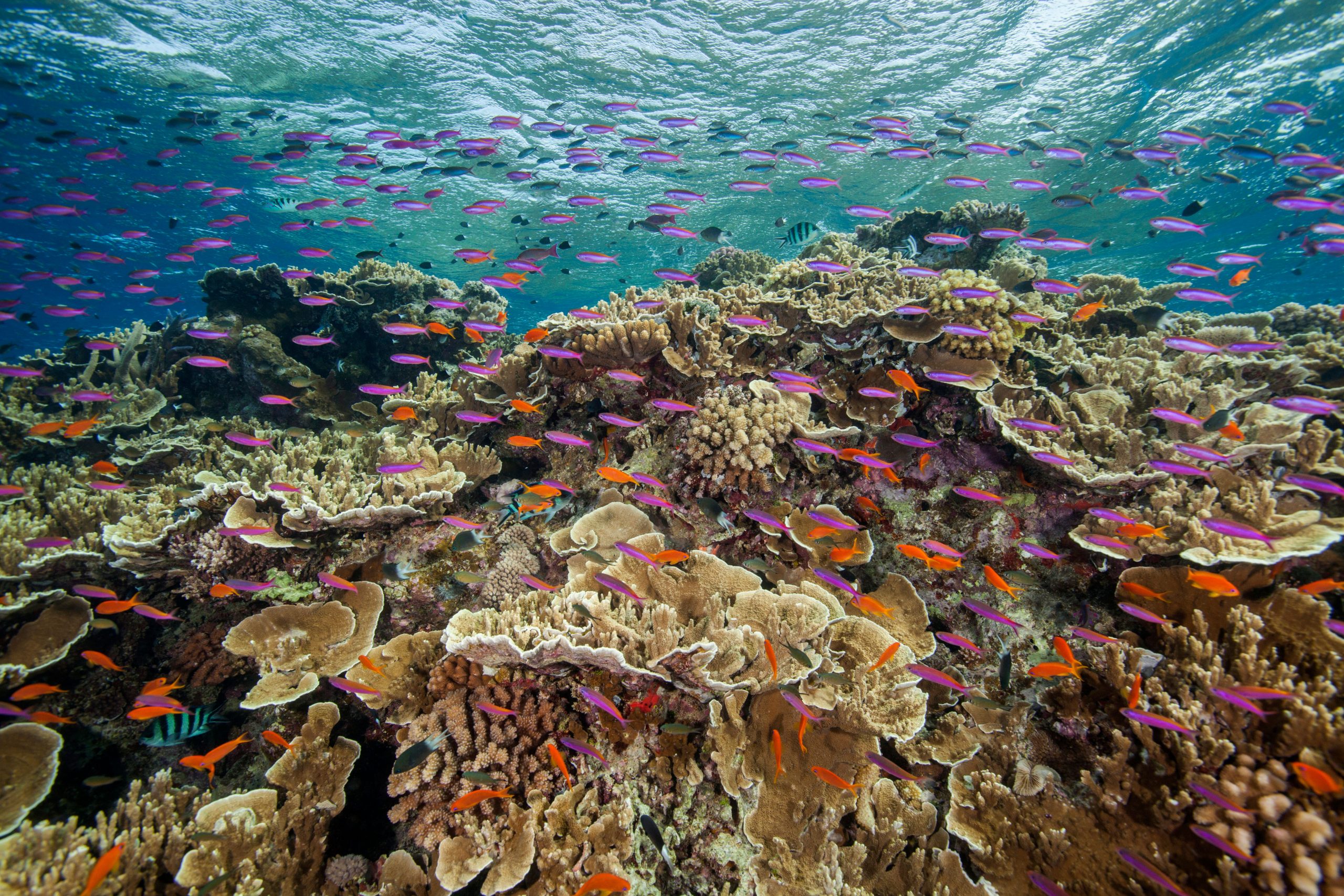The Great Barrier Reef, world’s largest coral reef system located off the east coast of the Queensland mainland, Australia, faces severe threat in marine heatwaves, a report, cited by Reuters, said. The World Heritage site has been suffering widespread coral bleaching since the past decade and United Nations officials are contemplating whether it should be listed as ‘in danger’.
Also read: Rare indigo snake found in Alabama for only the second time in 60 years
A report by the Great Barrier Reef Marine Authority, which manages the world’s largest coral reef ecosystem, last Friday stated that weather patterns in next few weeks will be ‘critical in determining the overall extent and severity of coral bleaching across the Marine Park’.
“Bleaching has been detected across the Marine Park — it is widespread but variable, across multiple regions, ranging in impact from minor to severe,” the authority said.
Also read: American Kennel Club names Labrador retriever as most popular dog breed
Sea surface tempertatures off the northeast coast of Australia have soared by two to four degrees Celsius above average, Australian environmental group Climate Council said in the report. The reef is at risk of witnessing its fourth mass bleaching in six years.
Greenpeace, an environment group, said the severe and widespread coral bleaching suffered during a La Niña weather pattern that is associated with cooler Pacific Ocean temperatures was evidence of the Australian government’s failure to protect the coral from the impacts of climate change.
Also read: What is March equinox? First day of spring in the Northern hemisphere
“This is a sure sign that climate change caused by burning coal, oil and gas is threatening the very existence of our reef,” Greenpeace Australia Pacific Climate Impacts Campaigner Martin Zavan said in a statement.
Marine biologist Jodie Rummer at James Cook University in Queensland said that the marine heatwaves are affecting fisheries and also hurting tourism.
“It’s getting grim and it’s getting to the point where we can’t even simulate the combination of conditions that the reef is experiencing in a controlled laboratory setting to discern this,” he said
The reef has suffered significantly from coral bleaching caused by unusually warm ocean temperatures in 2016, 2017 and 2020. The previous bleaching damaged two-thirds of the coral.







